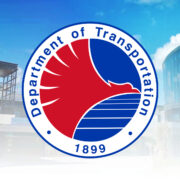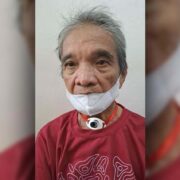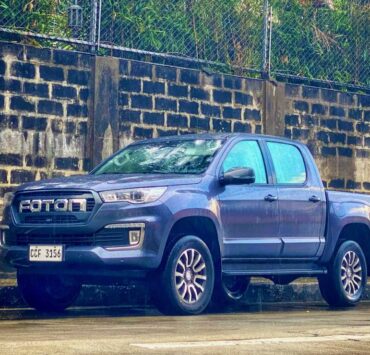See you Leyte

When legendary general Douglas MacArthur held a press conference in mid-1942 in Australia after escaping the pursuing Japanese in Philippine soil, he uttered the quotable “I Shall Return”. The wartime promise might have been wishful thinking, but he was hell-bent on fulfilling it at all cost.
Those famous words became reality after 2 years, as hordes of Allied Forces made massive historic landings along the coasts of Leyte Gulf on Oct. 20, 1944—a historic event which the Philippines recently observed its 80th anniversary with much aplomb. Much like the Allied D-Day Landings in Normandy, France, the province has its own touristic charm aside from its rich history as a battlefield.
Below are interesting spots which comprise of a war trail of sort, and at the same time enjoy the wonderful sights, sounds and tastes along the way.
Pit Stop 1: Tacloban. This highly-urbanized city is the gateway to Leyte and Eastern Visayas, and was the main objective of the Allied troops being the provincial seat of government and home to an airport, a vital military installation. From the DZR Airport, which is being upgraded into international standards, there are accredited car rentals which you can take around the city and its adjoining towns.
Relive the past and drive through the spots where McArthur set foot—the old Provincial Capitol, Price Mansion, and Hotel Alejandro with their remarkable collection of vintage memorabilia and photographs.
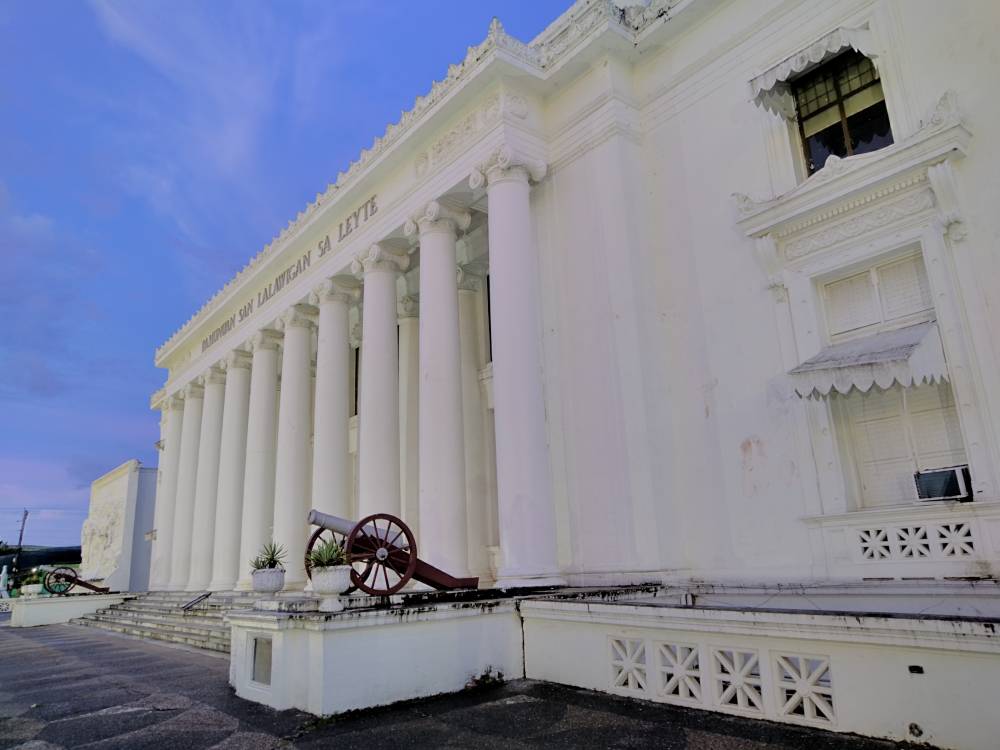
Swing by the Sto. Niño Shrine and Heritage Museum, Calvary Hill’s 14 Stations of the Cross, and the bow of MV Eva Jocelyn, a memorial marker to super-typhoon Yolanda.
At dusk, take a cruise at San Juanico Strait, and be mesmerized by the iconic Bridge’s Aesthetic Light and Sound Show.
Pit Stop 2: Palo. Situated at a landscaped beach plaza is the postcard-pretty MacArthur Leyte Landing Memorial Park which depicts the Leyte Gulf Landings in larger-than-life monuments. The redeveloped complex has new features, including replicas of the LST boats which carried the famed general ashore 80 years ago.
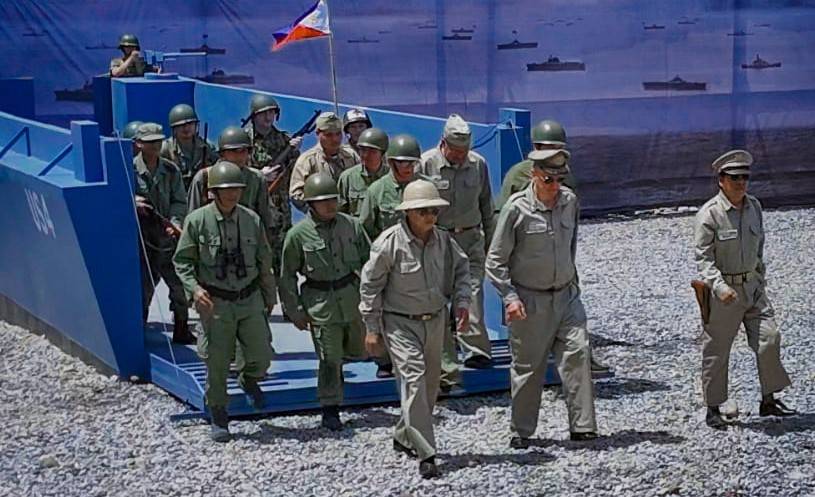
In the heart of town is the neogothic Metropolitan Cathedral, the seat of the Catholic Archdiocese, which served as a field hospital in 1944 and in 2013 after Yolanda struck. A few hundred meters away is Guinhangdan Hill, codenamed Hill 522, a Japanese defensive post which was taken by the US troops after they landed.
This bustling town is the new seat of the province, with its sprawling government compound, imposing capitol building and landscaped parks with freestanding sculptures of historic events.
Pit Stop 3: Tolosa. This obscure town is a silent witness of a largely-unknown event worth telling to all and sundry: the exploits of Boy Scout Valeriano Abello, and his friends Antero Junia and Vicente Tiston who helped US warships redirect their artillery to Japanese positions with his semaphore skills. Their heroism is memorialized at a beach-side Boy Scout monument in Bgy. Telegrafo where the semaphore signaling took place.
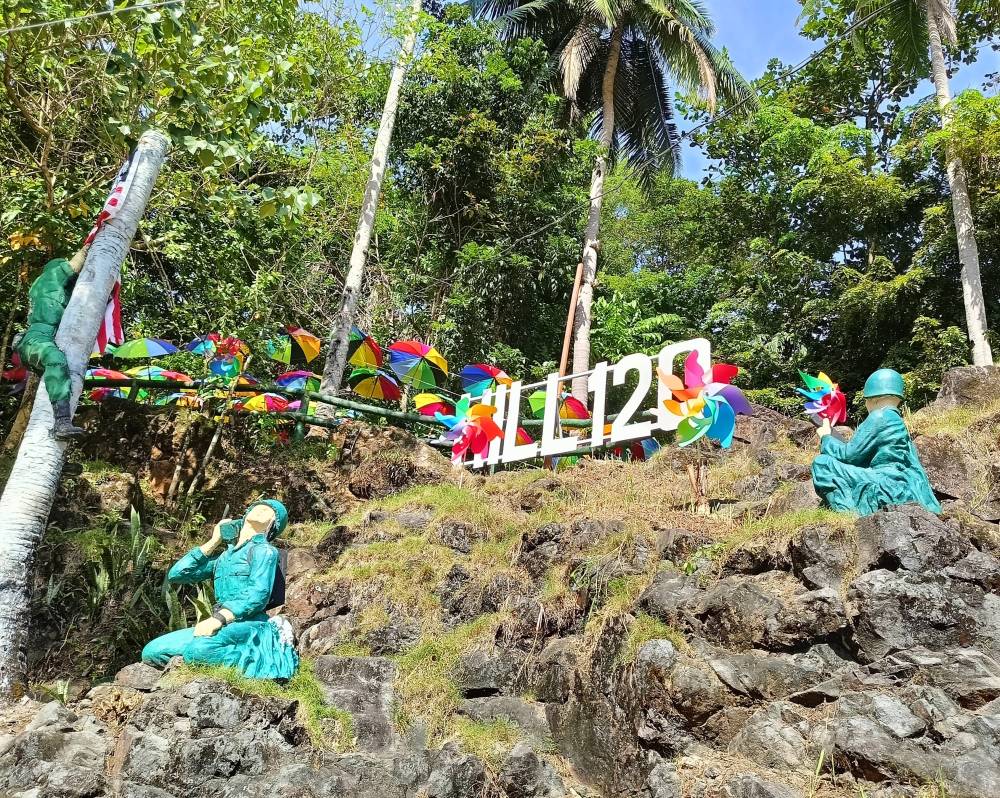
Pit Stop 4: Dulag. Monikered as “Little Tokyo” due to the presence of Japanese garrisons and airstrip, this quiet town has an intriguing parallel account on MacArthur’s return.
At a roadside spot is Hill 120 which marks the spot where US troops hoisted their flag for the first time on Philippine soil since the Japanese occupation. A stone tableau recreates the scene of Lt. Clifford Mills raising the Stars and Stripes on a coconut tree a day before the massive landings in Palo.
About 100 steps uphill is an oversized replica helmet which honors the US Army’s 96th Infantry Division, the first group of invasion troops to reach the site.
Within the población is the Liberation Park and the ruins of the Spanish-period church which was destroyed by US naval cannons.
Another must-see is the Capt. Isao Yamazoe Shrine which was built by townsfolk to honor a beloved officer who treated the townsfolk humanely, and was ironically killed in an ambush by Filipino guerillas before the end of the war.
A new attraction is the Rawis Community Museum at the old Japanese airstrip which was opened recently in time for the 80th anniversary observances.
Beyond these, every town has an interesting wartime story to tell, mouth-watery food to offer, visual treats and natural wonders to showcase, and warm friendships to experience. And if MacArthur is to return today, he would be making a very different statement: “See you later, Leyte.”








